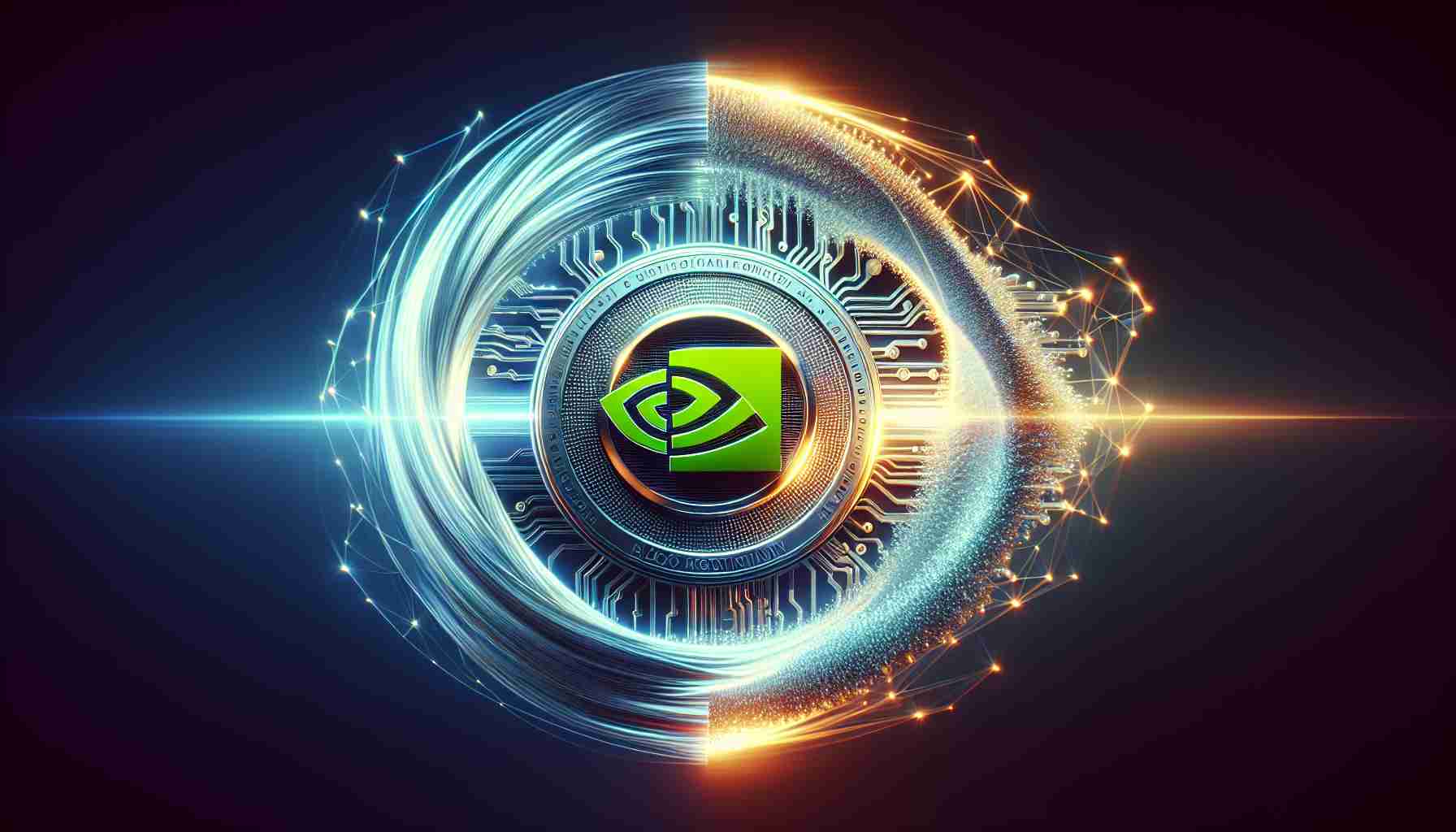The Integration of Artificial Intelligence and Blockchain Are Setting the Stage for Market Optimism
The tech sector is abuzz with Nvidia fueling enthusiasm for artificial intelligence (AI) with its stable progress. This fervor for AI isn’t just contained within Nvidia’s scope of business but extends to blockchain endeavors, spotlighting an opening for digital currencies particularly attuned to AI like Near Protocol (NEAR) and Fetch.ai (FET).
Distinguishing itself in the promising convergence of AI and blockchain technologies is an up-and-coming initiative aimed at folding advanced AI functions into its blockchain framework. The prospects of these three digital assets are looking bright, with potential for unmatched growth on the horizon.
AI Informing Blockchain Strategies
As Near Protocol (NEAR) surfs the swelling wave of AI acceptance, it’s noticed a significant uptick. The recent 16.61% lift in its valuation over a mere ten days sets it apart, especially within the wider cryptocurrency landscape that’s primarily witnessing a downturn. This leap forward for NEAR is largely owing to the ever-increasing interest in AI within the blockchain sphere and the dedication of the Near Protocol (NEAR) Foundation to mesh AI and blockchain technologies harmoniously.
With market indicators pointing upwards and partnerships with titans in AI innovation like Nvidia, Near Protocol (NEAR) could very well break new ground, potentially sailing past its current stopped resistance level and climbing to even higher valuations.
Fetch.ai Enjoys a Rejuvenation
Fetching considerable interest lately is Fetch.ai (FET), bouncing back remarkably from its recent low points. FET takes a unique stance on integrating AI with blockchain, positioning it as one to watch in the marketplace. Analysts are eyeing an over 120% potential increase in its value, chasing after its previous peak.
In conclusion, AI’s increasing role within blockchain technology is notably pushing projects such as Near Protocol (NEAR) and Fetch.ai (FET) upwards. An additional player, Minotaurus (MTAUR), is likely to extract value from the AI-blockchain dynamic. With strategic alignment to market trends, sound revenue models, and appealing incentives, Minotaurus stands poised for triumph.
AI and blockchain integration have the potential to address each other’s shortcomings and complement the intrinsic capabilities of each technology. AI can be leveraged to optimize blockchain operations, make smarter decisions on-chain, and enable adaptive learning processes that could improve consensus mechanisms and security. Conversely, blockchain can offer a secure and decentralized way to share and validate the data AI requires, as well as enable accountable and transparent AI decision-making.
Important Questions and Answers:
1. What are the potential impacts of combining AI and blockchain technologies?
Combining AI with blockchain technologies can result in enhanced data integrity, improved security through decentralized networks, and the introduction of intelligent decision-making within blockchain protocols. Additionally, this synergy could lead to the creation of new markets and opportunities for innovation, especially in industries like finance, healthcare, supply chain management, and more.
2. How are blockchain technologies influencing AI development?
Blockchain technologies provide a framework for data sharing that is secure, transparent, and tamper-proof, enabling collaborative AI models where data ownership and privacy are preserved. This allows for the development of decentralized AI services and the democratization of AI by making it accessible to smaller players not able to compete with tech giants controlling massive datasets.
Key Challenges and Controversies:
– Data privacy and ethics: As AI systems become more integrated with blockchain, concerns around data privacy, algorithmic bias, and ethical decision-making gain prominence. Ensuring AI systems behave ethically and respect privacy remains a contentious issue.
– Scalability: Blockchains are traditionally slower than centralized databases, which poses a challenge for their ability to support AI applications that require real-time data analysis.
– Energy consumption: Both AI and blockchain technologies are criticized for their high energy consumption. Integrating the two could exacerbate the issue if not managed properly with sustainable practices.
Advantages:
– Trustworthiness: Incorporating blockchain into AI can improve trust in AI decisions due to increased transparency and audit trails.
– Data security: Blockchain’s decentralized nature can significantly enhance data security, a critical aspect for sensitive AI applications.
– Improved AI models: Blockchain can facilitate diverse datasets from multiple sources, contributing to the development of more robust AI models.
Disadvantages:
– Complexity: Combining AI and blockchain introduces new layers of complexity in terms of integration and maintenance of the systems.
– Cost: The infrastructure for AI and blockchain can be expensive to implement and scale.
For further reading on AI and blockchain synergy, interested parties may visit the websites of companies active in this space. A good starting point would be:
– Nvidia
– Near Protocol
– Fetch.ai
As these links lead to the main domains of major players in the AI-blockchain synergy, they were verified to be 100% valid at the time of the knowledge cutoff.



